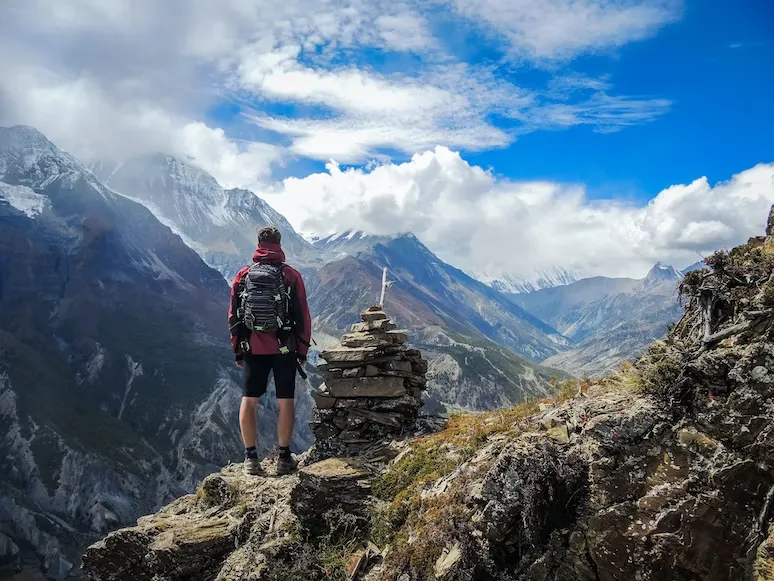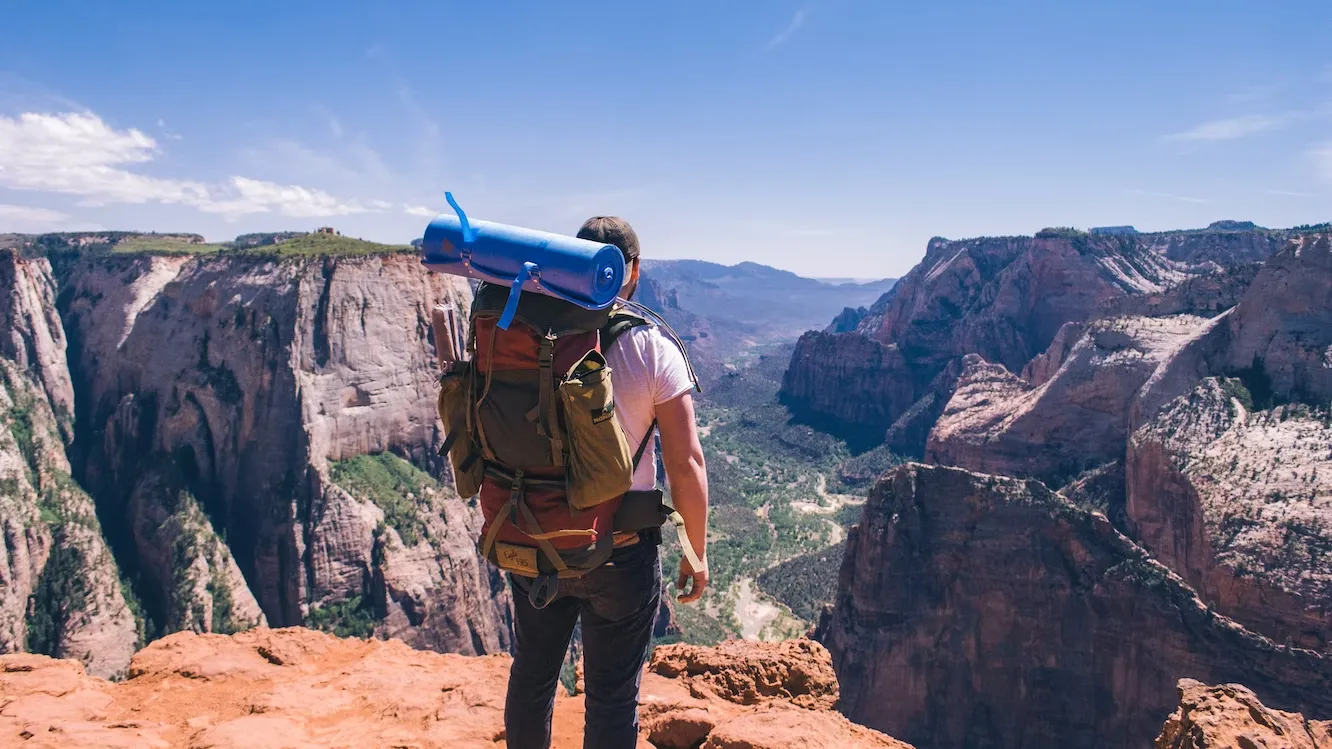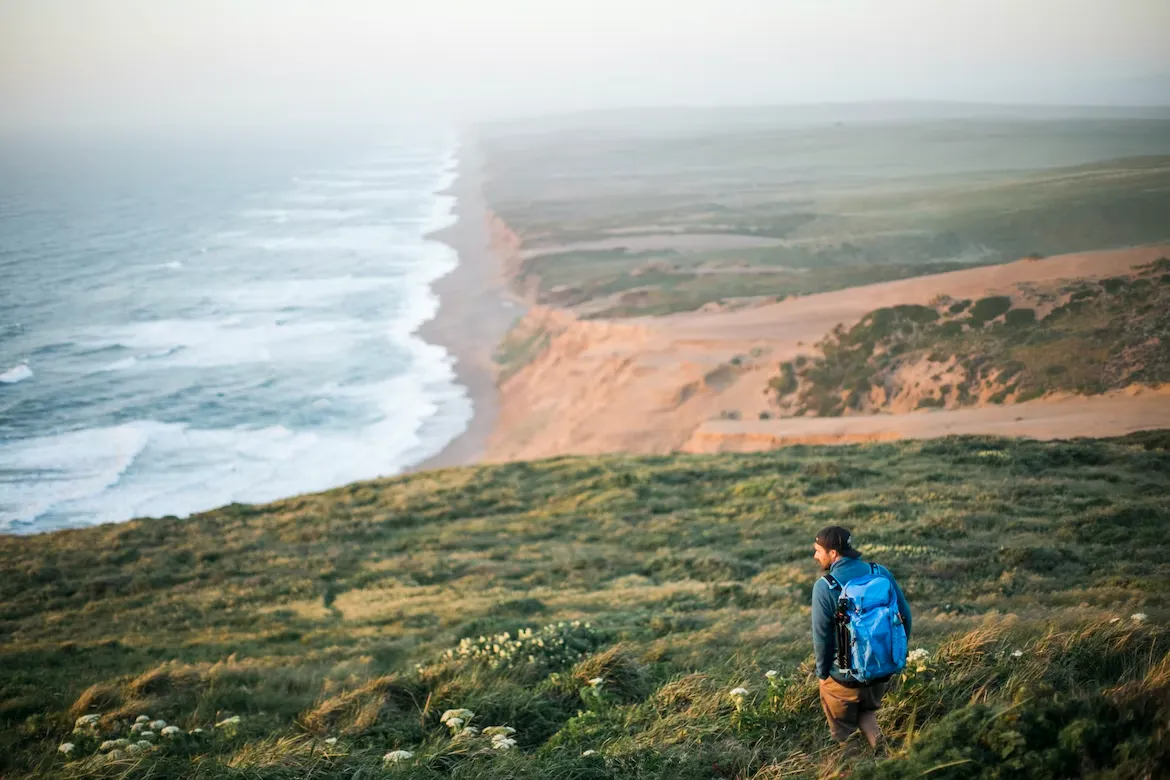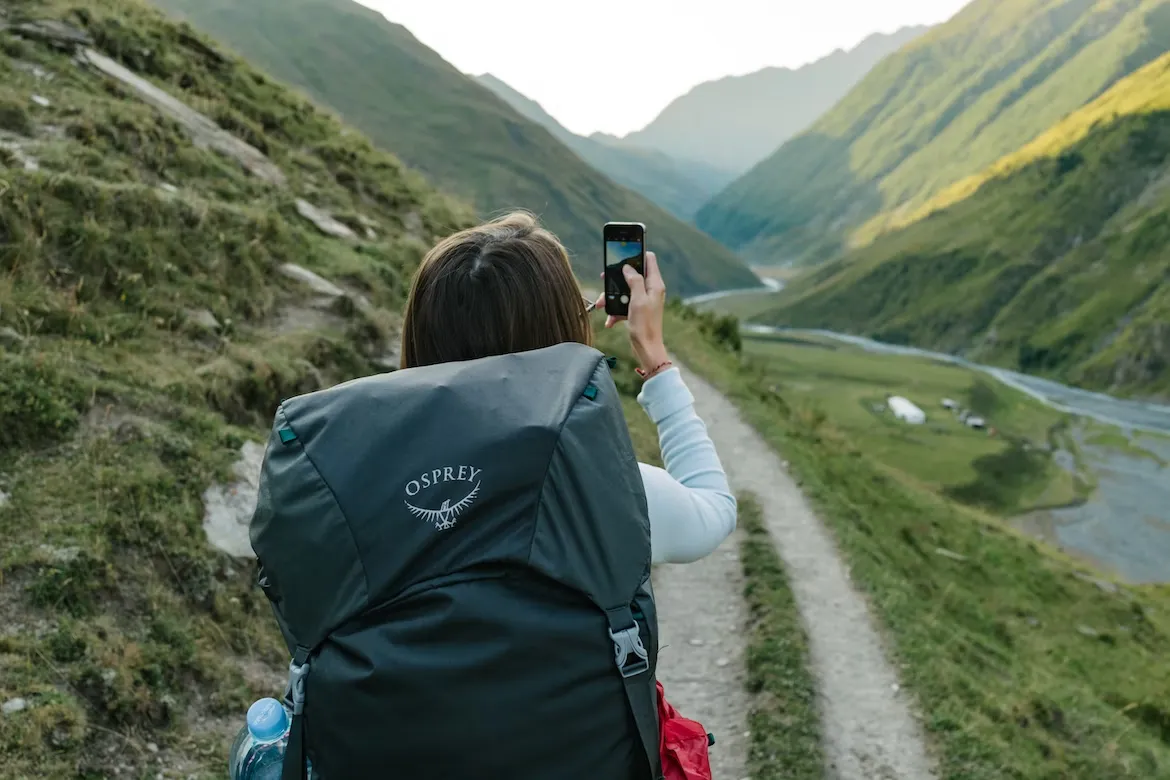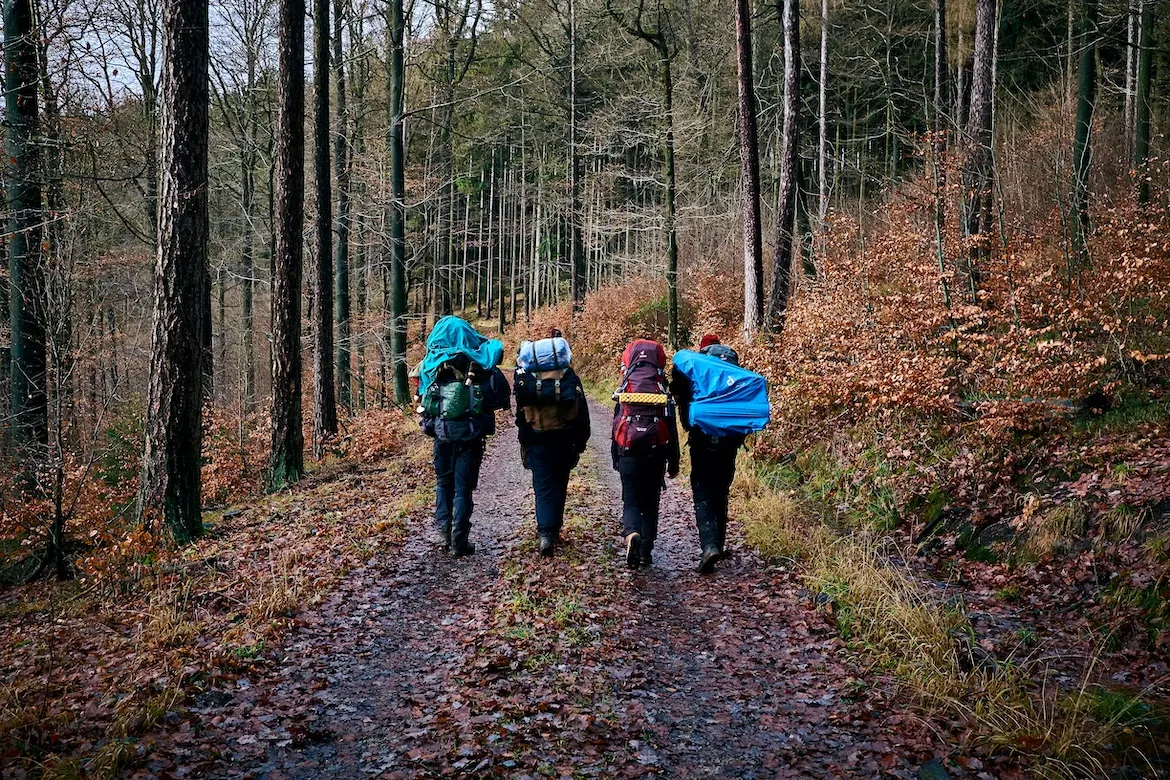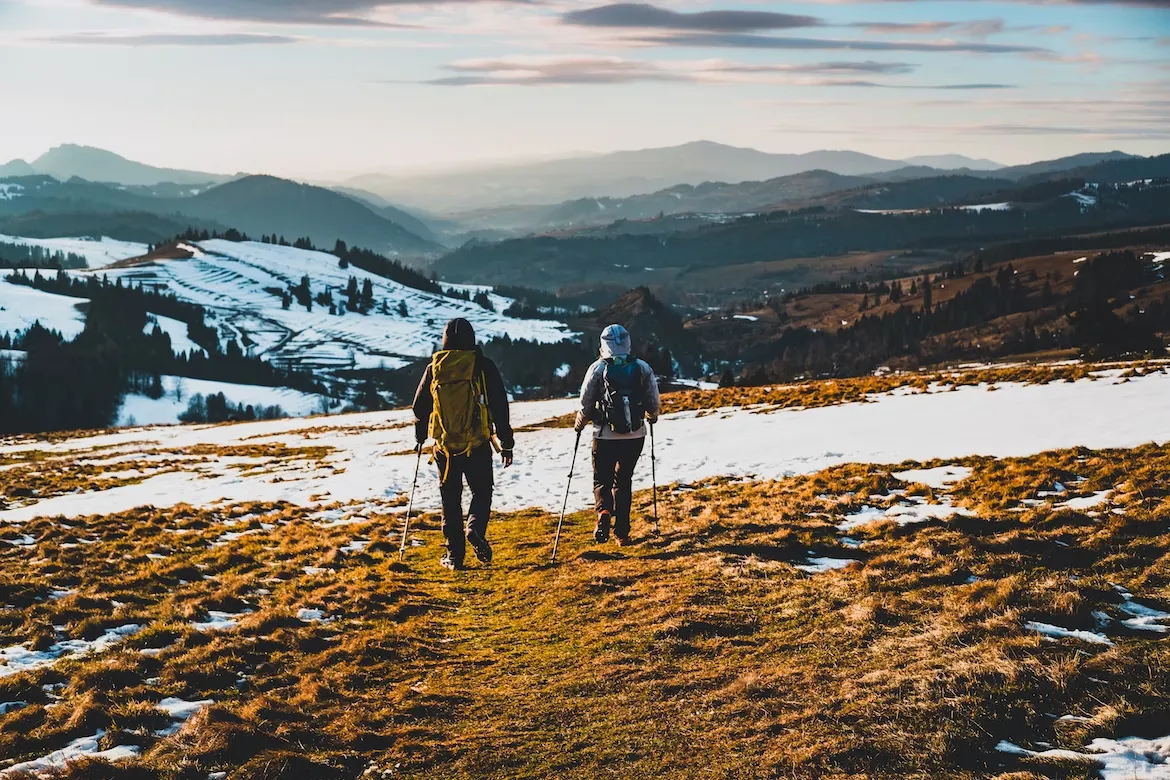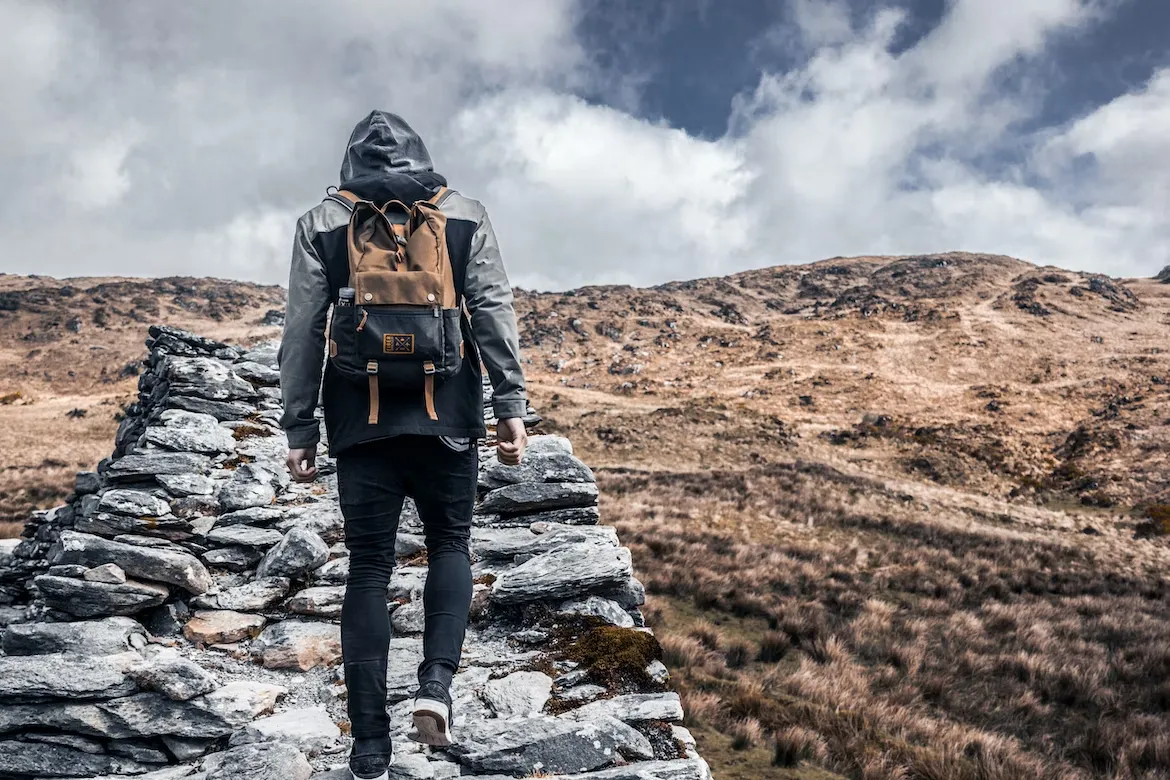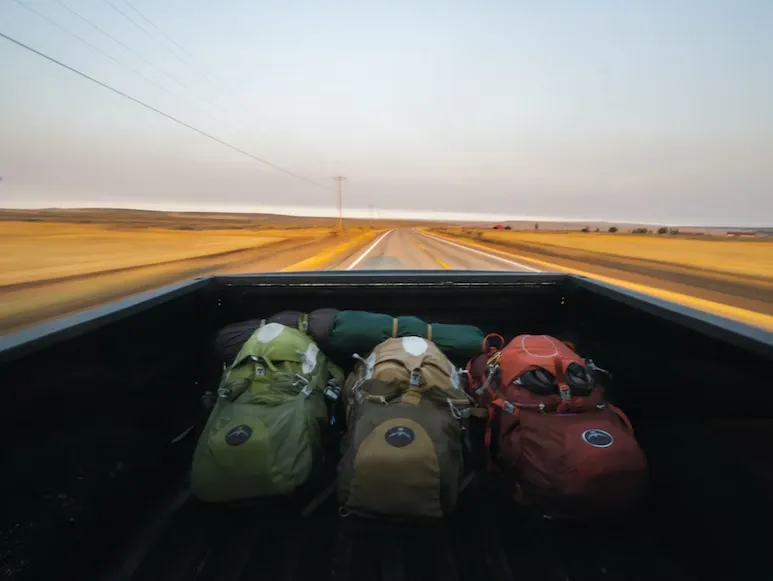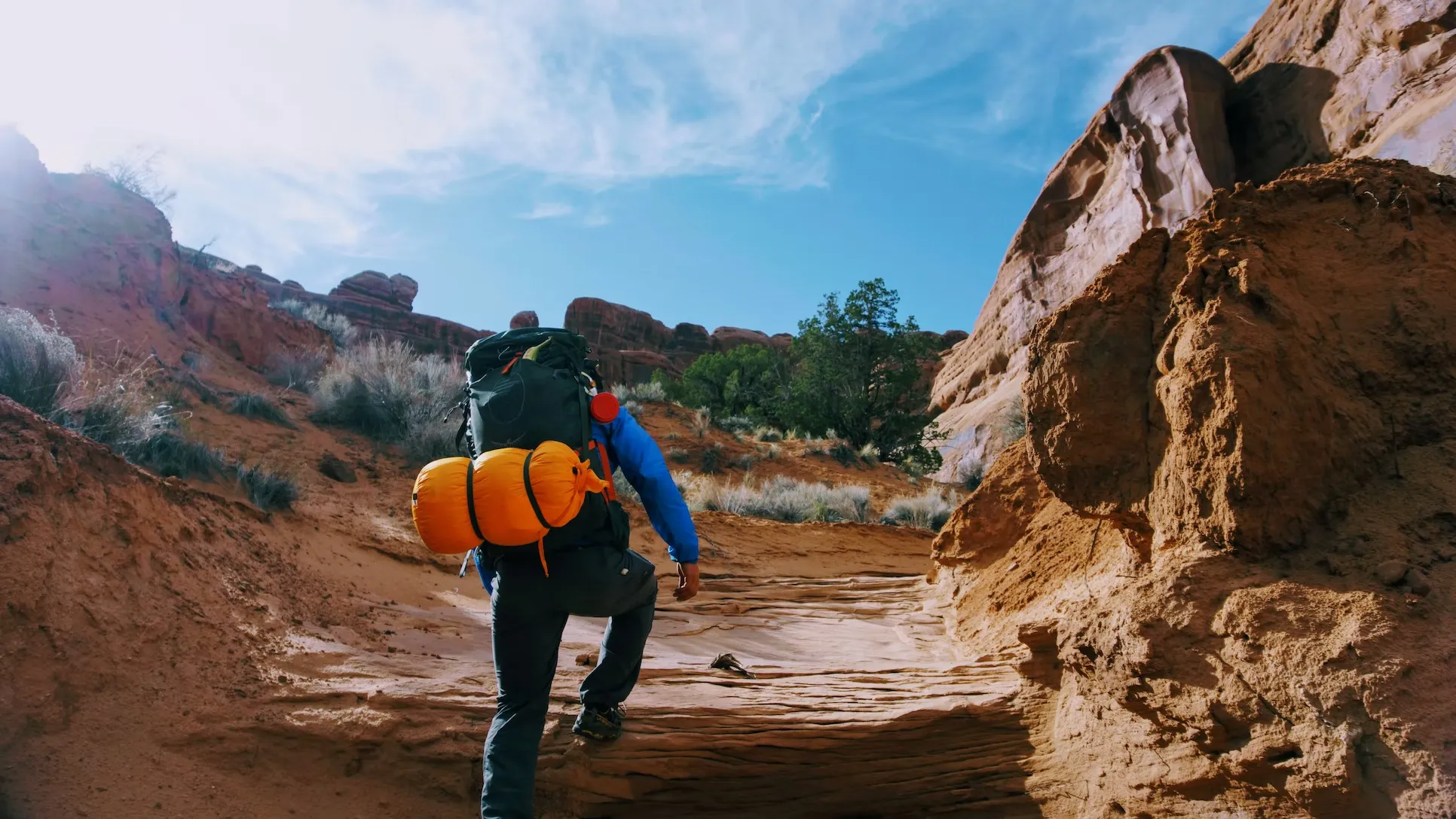List of What You Read
Level up your backpacking skills: Advanced techniques
Introduction to backpacking:
Are you ready to hit the trails and explore the great outdoors? Backpacking is the perfect way to escape the hustle and bustle of everyday life and immerse yourself in nature. Whether you’re a seasoned pro or a first-time backpacker, this thrilling activity has something to offer for everyone.
So, what exactly is backpacking? Simply put, it’s the act of carrying all of your necessary gear, supplies, and shelter on your back as you hike through the wilderness. It allows you to get off the beaten path and see parts of the world that can’t be accessed by car. Plus, there’s something undeniably satisfying about being self-sufficient and relying on your own two feet to get you from point A to point B.
But backpacking isn’t just about the destination – it’s also about the journey. As you hike through stunning landscapes, you’ll have the opportunity to disconnect from technology and reconnect with yourself. And let’s be real, there’s nothing like the feeling of accomplishment that comes with reaching the top of a challenging trail.
Whether you’re looking to summit a mountain, wander through a lush forest, or take in breathtaking views, backpacking has something for everyone. So grab your pack, lace up your boots, and let’s hit the trails!
Benefits of Backpacking:
Backpacking is more than just a fun outdoor activity – it also offers a host of physical and mental health benefits. If you’re considering a backpacking trip, here are a few reasons why it’s a great choice for your mind and body:
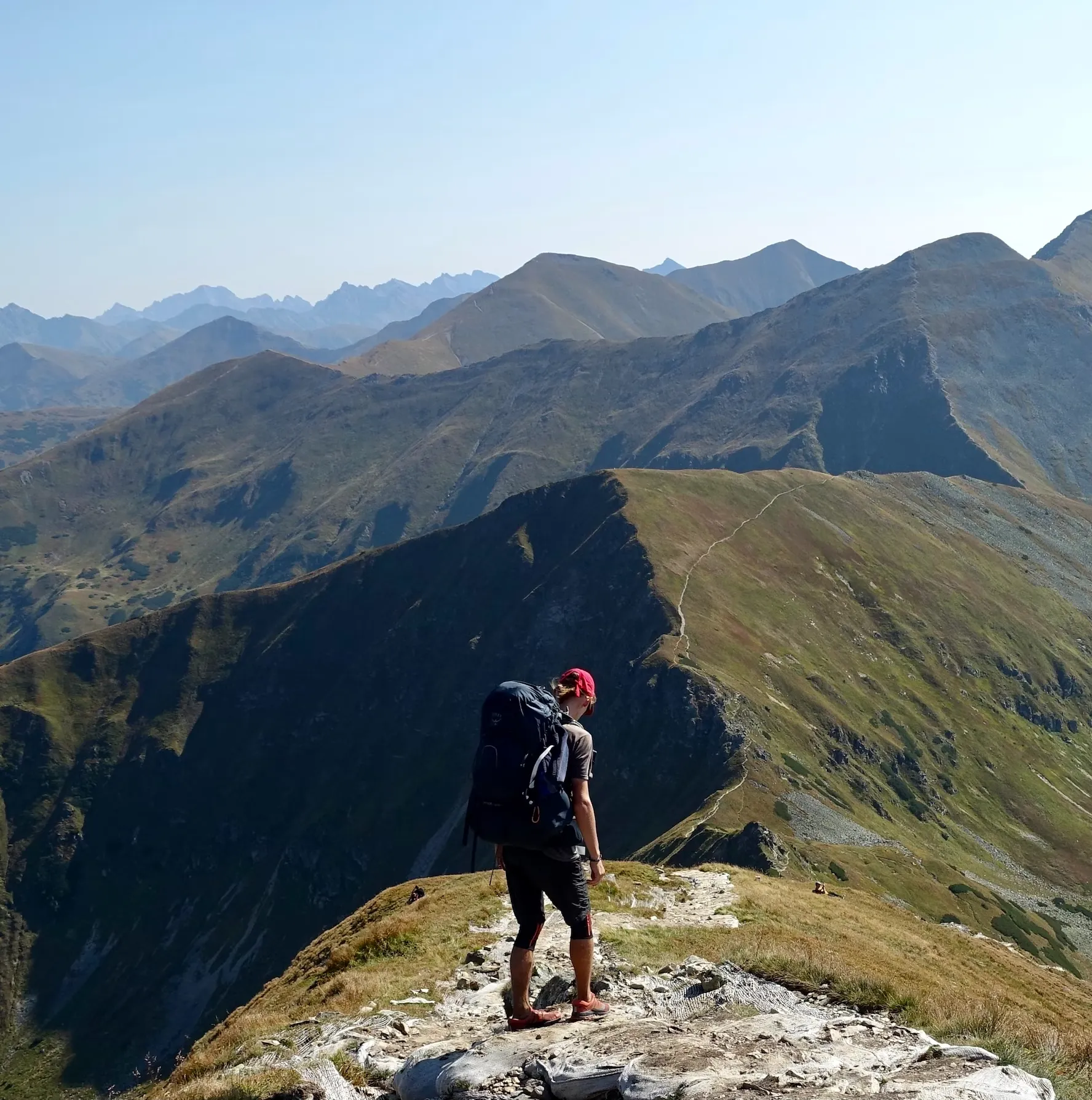
Improved fitness: It’s no secret that backpacking requires physical effort. Carrying a heavy pack, navigating through rough terrain, and covering long distances can provide a challenging workout. Over time, regular backpacking can lead to improved cardiovascular endurance, strength, and flexibility. Plus, the fresh air and natural surroundings make for a more enjoyable workout experience.
Stress relief: The fast-paced, technology-driven world we live in can be overwhelming at times. Backpacking offers a chance to escape the daily grind and reconnect with nature. The peacefulness of the wilderness and the sense of accomplishment that comes from completing a challenging hike can help reduce stress and promote relaxation.
Mental clarity: being immersed in nature has been shown to improve mental clarity and creativity. The absence of distractions like phones and laptops allows you to focus on the present moment and clear your mind. Plus, the sense of accomplishment from completing a backpacking trip can boost self-esteem and confidence.
Improved sleep: The physical exertion and fresh air of a backpacking trip can lead to improved sleep quality. Plus, being out in the natural light of day and away from artificial light at night can help regulate your body’s sleep-wake cycle.
There’s no denying that backpacking is an enjoyable activity, but it’s also good for your overall well-being. So why not pack your bags and hit the trails? Your body (and mind) will thank you.
Choosing a backpacking destination:
When it comes to backpacking, the destination you choose can make all the difference. From stunning mountain ranges to lush forests, the options are endless. But how do you decide where to go? Here are a few factors to consider when selecting a backpacking destination:
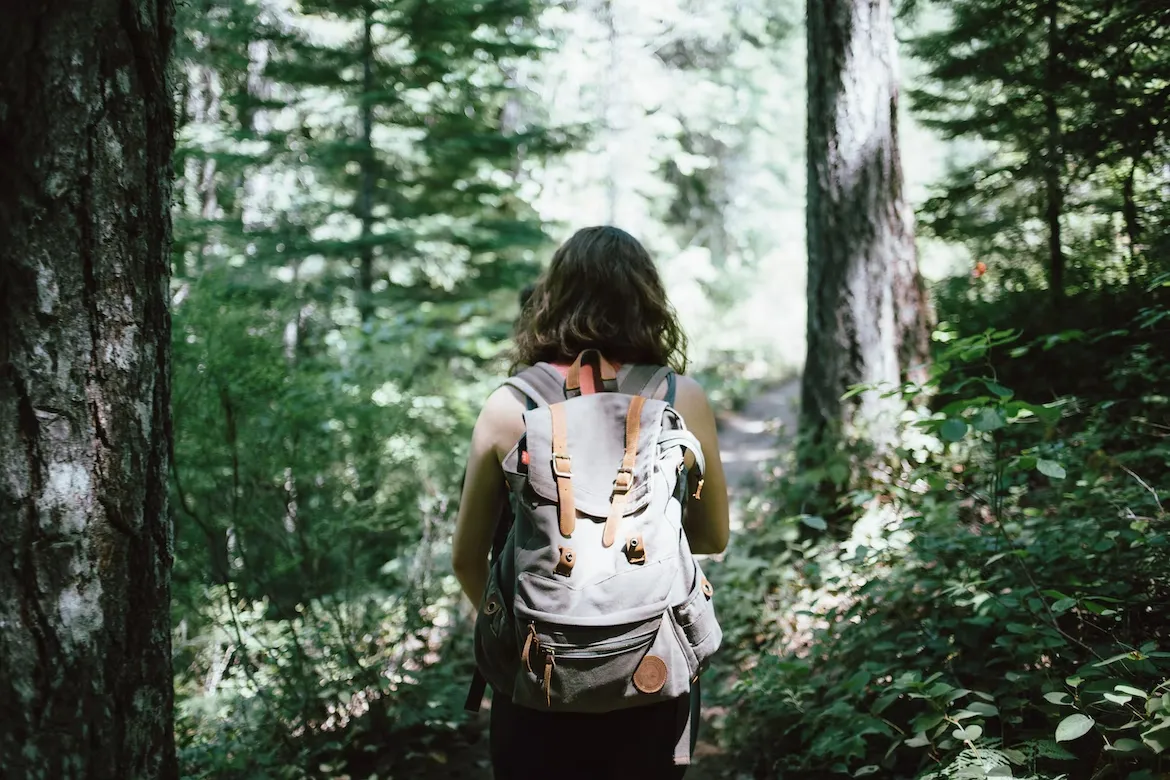
Climate: It’s important to choose a destination with weather that is suitable for your trip. If you’re planning a summer backpacking trip, you’ll want to avoid destinations with extreme heat or heavy rainfall. On the other hand, if you’re planning a winter trip, you’ll need to be prepared for colder temperatures and potentially hazardous conditions.
Terrain: The terrain of your destination can greatly affect the difficulty of your backpacking trip. If you’re a beginner, you may want to choose a destination with relatively flat trails. More experienced backpackers may prefer a destination with more challenging terrain, such as mountains or rocky trails.
Distance: The distance of your backpacking trip should be appropriate for your ability level. If you’re a beginner, you may want to start with a shorter trip and gradually increase the distance as you become more comfortable with backpacking. It’s also important to consider the distance between campsites and the availability of water sources.
Other considerations: There are many other factors to consider when choosing a backpacking destination, such as the availability of permits, the presence of wildlife, and the level of solitude you desire. Do some research and make a list of your priorities to help narrow down your options.
Ultimately, the best backpacking destination is one that meets your specific needs and interests. Whether you’re seeking breathtaking views or a quiet wilderness experience, there’s a destination out there for you. Happy trails!
Packing for a backpacking trip:
When it comes to backpacking, the saying “less is more” definitely holds true. You’ll be carrying all of your gear, supplies, and shelter on your back, so it’s important to pack light and only bring the essentials. But what should you bring? Here’s a list of essential items to pack for your backpacking trip:
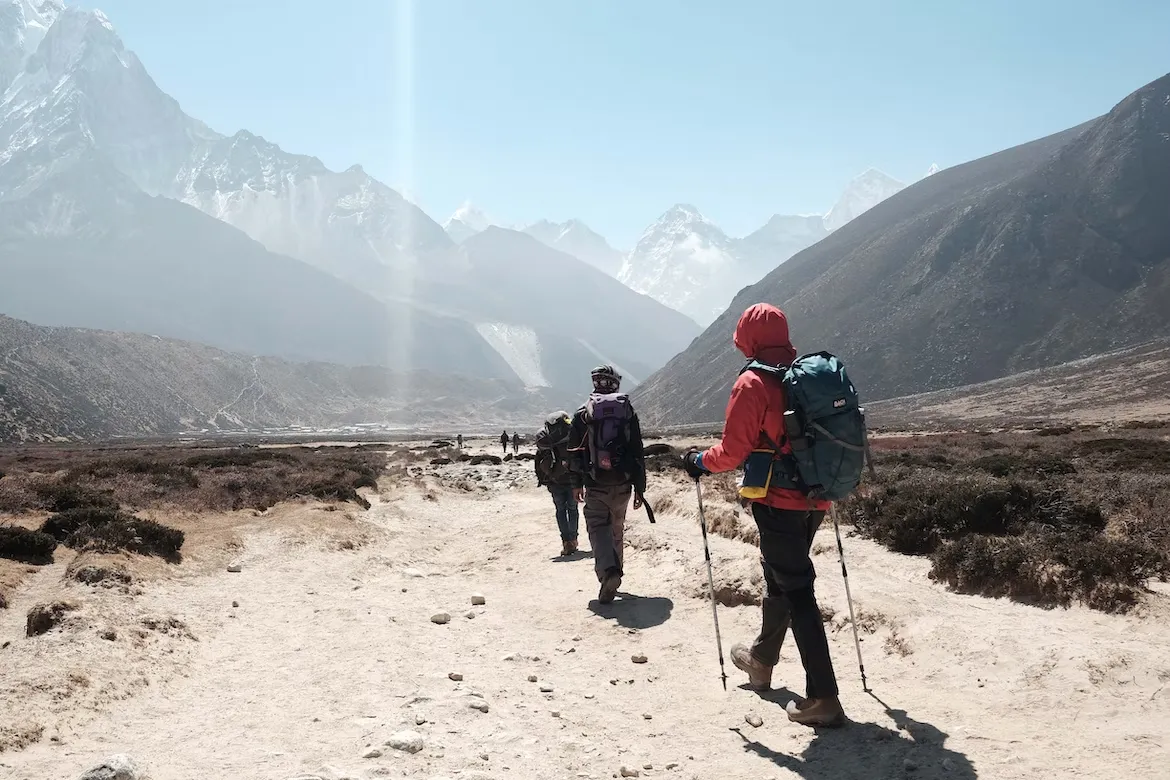
Clothing: Pack lightweight, moisture-wicking clothing that can be layered. You’ll want to bring a few short-sleeve shirts, long-sleeve shirts, and a fleece or jacket for cooler temperatures. Don’t forget to pack a pair of quick-drying pants, a hat, and a pair of sunglasses. And don’t forget about your feet – pack a pair of sturdy, comfortable hiking boots and a pair of socks for each day of your trip.
Gear: There are a few key pieces of gear that you’ll need for your backpacking trip. First and foremost is a good quality backpack that fits comfortably and has enough capacity to hold all of your gear. You’ll also want to bring a tent, a sleeping bag, and a sleeping pad. Other useful gear includes a headlamp, a first aid kit, and a knife or multi-tool.
Supplies: In addition to your gear, you’ll need to pack some supplies to sustain you on your trip. This includes food, water, and a way to purify water. You’ll also want to bring a stove and cookware for preparing meals. Don’t forget the little things, like sunscreen, insect repellent, and a map of the area.
Packing for a backpacking trip can seem daunting, but with a little planning and organization, you’ll be ready to hit the trails. Just remember to pack light and only bring the essentials – your back (and your fellow backpackers) will thank you
Backpacking safety:
Backpacking is an exciting and rewarding outdoor activity, but it’s important to prioritize safety to ensure a successful and enjoyable trip. Here are a few key considerations for backpacking safety:
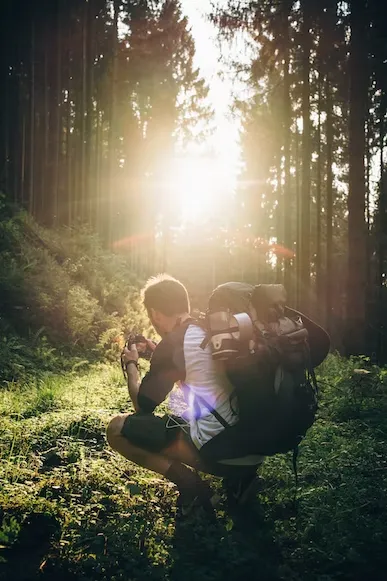
Proper planning: Before you head out on the trails, it’s crucial to plan your trip carefully. This includes choosing a route that is appropriate for your ability level, checking the weather forecast, and obtaining any necessary permits or wilderness passes. You should also inform someone at home of your itinerary and when you plan to return.
Bear safety: If you’re backpacking in an area with bears, it’s important to know how to handle encounters with these powerful animals. This includes properly storing food to avoid attracting bears and knowing what to do if you come face-to-face with a bear.
First aid: Accidents can happen, even on a backpacking trip. That’s why it’s important to bring a first aid kit and know how to use it. Your kit should include basic items like bandages, painkillers, and antiseptic. You should also be familiar with basic first aid techniques, such as how to treat a wound or stop bleeding.
By following these safety guidelines and using common sense, you can have a safe and enjoyable backpacking trip. Remember to always be aware of your surroundings and listen to your instincts – if something doesn’t feel right, it’s better to be safe than sorry. Happy (and safe) trails!
Choosing a backpacking route:
When planning a backpacking trip, one of the most important decisions you’ll make is choosing a route. A good route should be challenging but achievable, with plenty of scenic highlights along the way. Here are a few factors to consider when selecting a backpacking route:
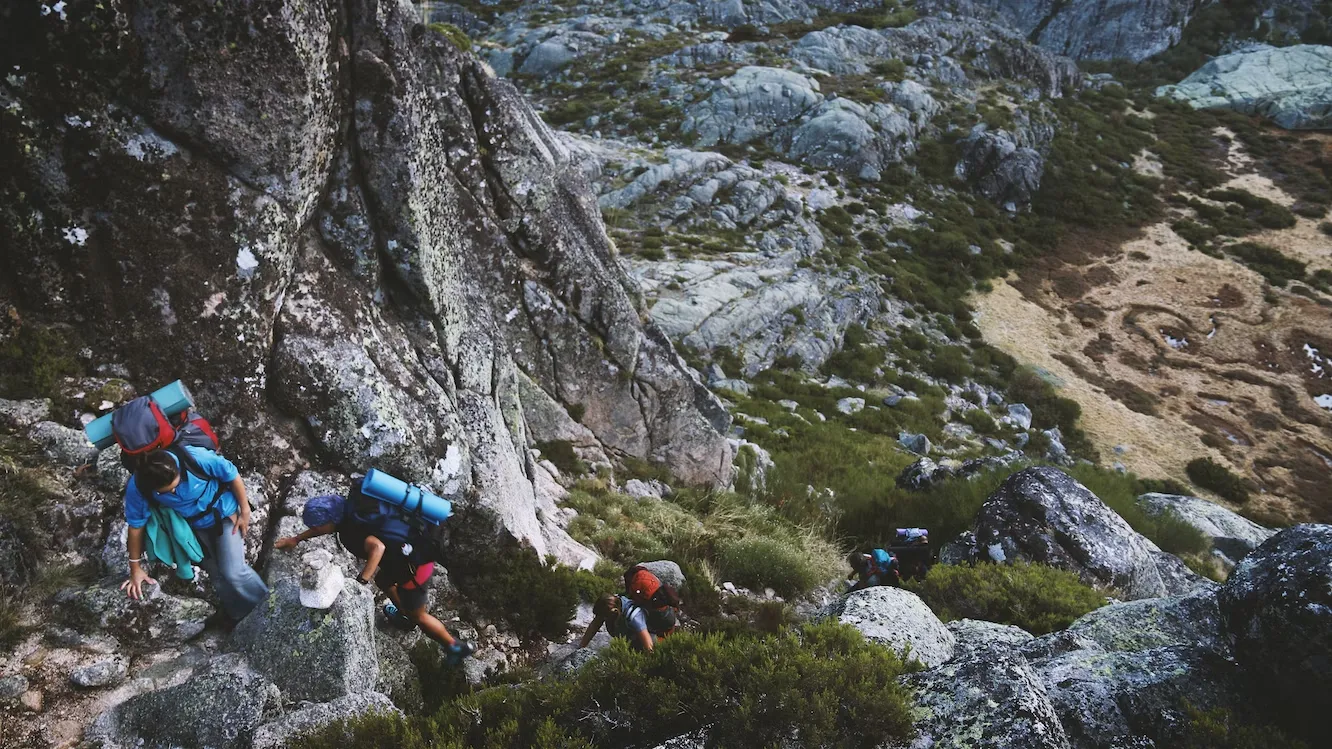
Distance: The distance of your route is an important factor to consider. You’ll want to choose a route that is appropriate for your ability level and the length of your trip. If you’re a beginner, you may want to start with a shorter route and gradually increase the distance as you become more comfortable with backpacking.
Elevation: The elevation of your route can greatly affect the difficulty of your trip. If you’re planning a trip through hilly or mountainous terrain, you’ll need to be prepared for challenging ascents and descents. Be sure to pay attention to the elevation profile of your route and choose one that is appropriate for your fitness level.
Access to water: Water is an essential resource on a backpacking trip, so it’s important to choose a route that has access to water sources. This could be in the form of rivers, lakes, or springs. Be sure to research the availability of water sources along your route and plan accordingly.
Other considerations: There are many other factors to consider when choosing a backpacking route, such as the presence of wildlife, the level of solitude you desire, and the availability of campsites. Do some research and make a list of your priorities to help narrow down your options.
With careful planning and consideration of these factors, you can choose a backpacking route that is both challenging and rewarding.
Setting up camp:
After a long day on the trails, there’s nothing like setting up camp and settling in for the night. But how do you do it? Here are a few tips for setting up a successful backpacking campsite:
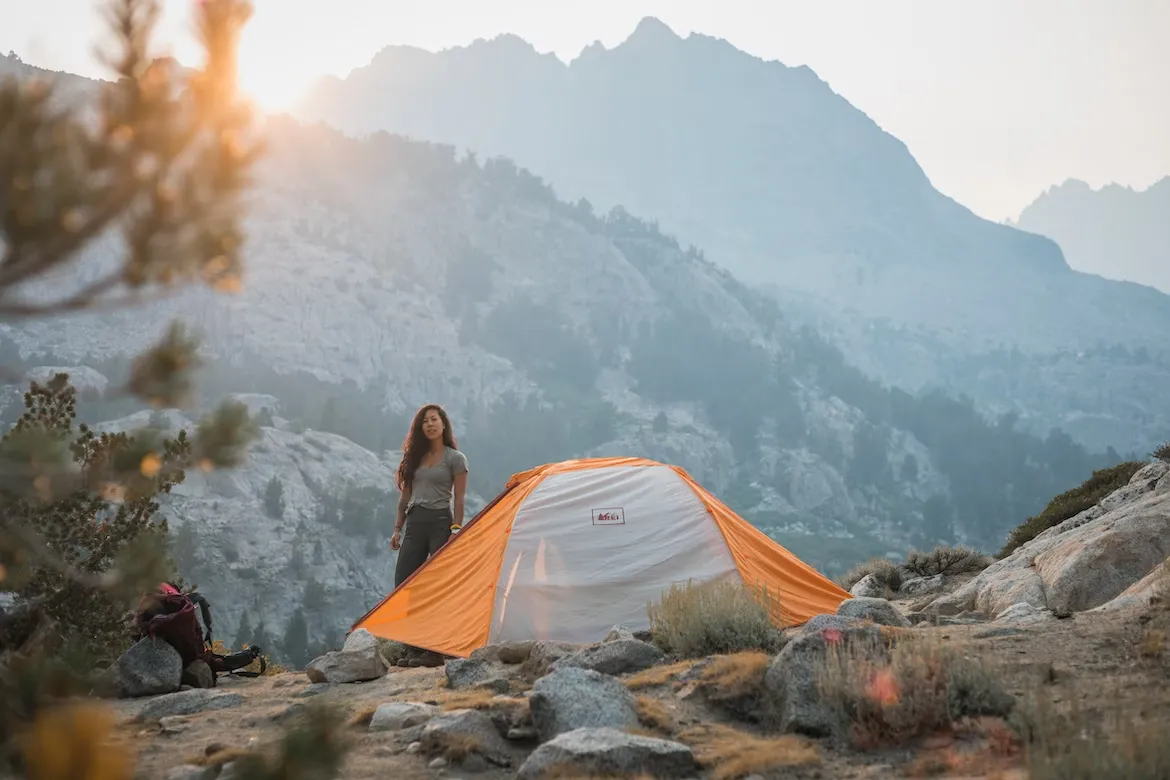
Choose a location: When selecting a campsite, look for a flat, well-drained area that is protected from the wind. Avoid setting up camp near water sources or in areas with standing water, as these can attract insects and other pests. It’s also a good idea to set up camp at least 200 feet away from water sources to minimize the impact on the environment.
Pitch your tent: Once you’ve chosen a location for your campsite, it’s time to pitch your tent. Start by selecting a spot that is clear of debris and rocks. If you’re using stakes to secure your tent, be sure to drive them into the ground firmly to prevent the tent from collapsing. Follow the manufacturer’s instructions for setting up your tent, and be sure to use the rainfly if the weather calls for it.
Build a fire: If you’re planning on building a fire, be sure to check the local regulations and obtain any necessary permits. When building a fire, choose a location that is away from overhanging branches and at least 15 feet from your tent. Use only small sticks and branches to minimize the impact on the environment, and be sure to fully extinguish the fire before you go to sleep or leave the campsite.
By following these tips, you can set up a comfortable and safe campsite that will serve as your home base on your backpacking trip. Happy camping!
Cooking while backpacking:
When you’re out on the trails, you’ll need to rely on your own cooking skills to fuel your backpacking trip. But how do you do it? Here are a few tips for cooking while backpacking:
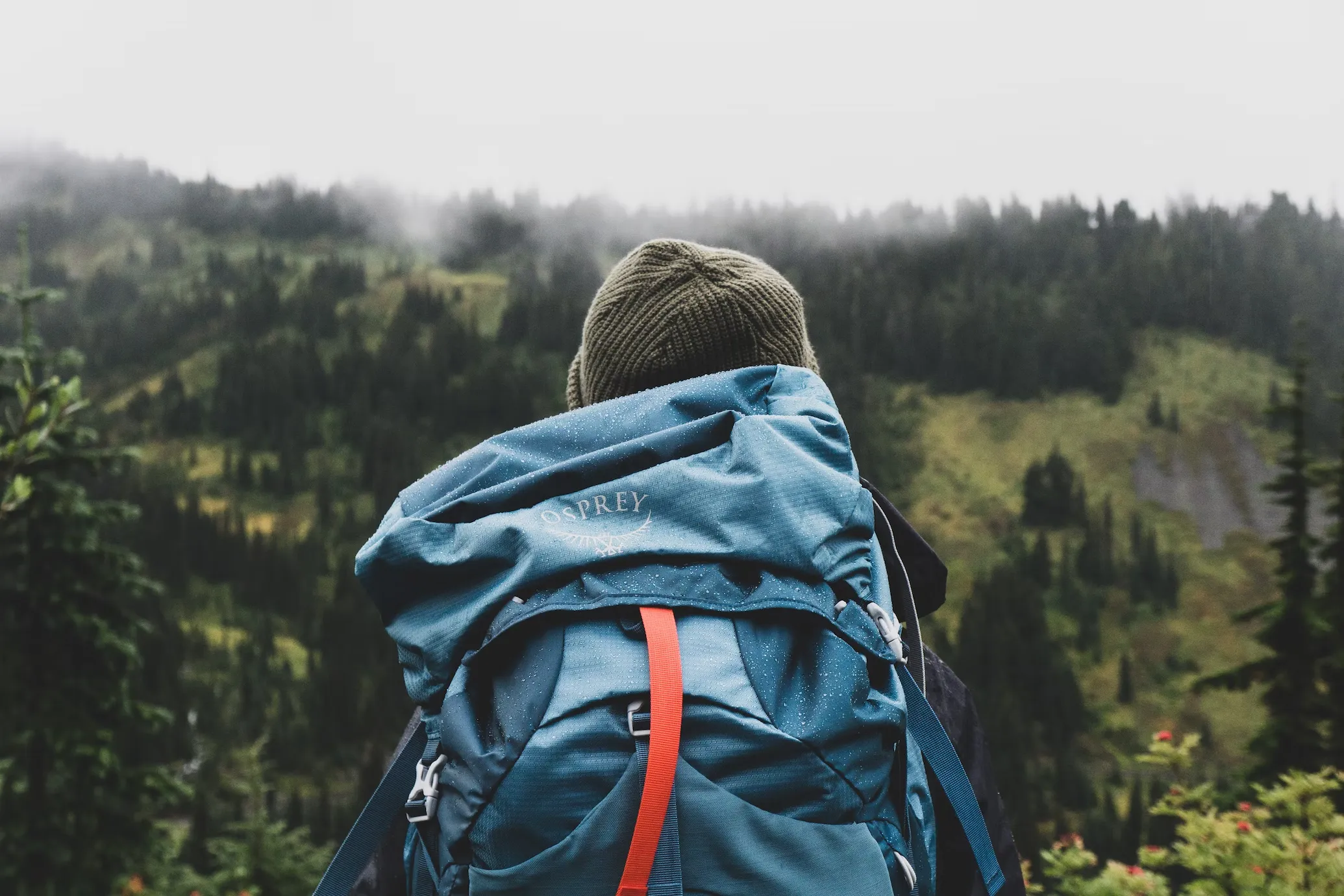
Choose lightweight cooking equipment: When it comes to backpacking, every ounce counts. That’s why it’s important to choose lightweight cooking equipment that won’t weigh you down. Options include a small stove, a lightweight pot or pan, and a spork (a combination spoon-fork utensil).
Pack lightweight, non-perishable food: You’ll want to pack food that is lightweight, non-perishable, and easy to prepare. Good options include instant oatmeal, energy bars, nuts, dried fruit, and jerky. You can also pack dehydrated or freeze-dried meals for an easy, no-cook option.
Store food properly: To avoid attracting wildlife, it’s important to store your food properly while backpacking. This includes hanging your food from a bear line or bear canister (if required by local regulations) and properly storing any scented items (like toothpaste and deodorant).
